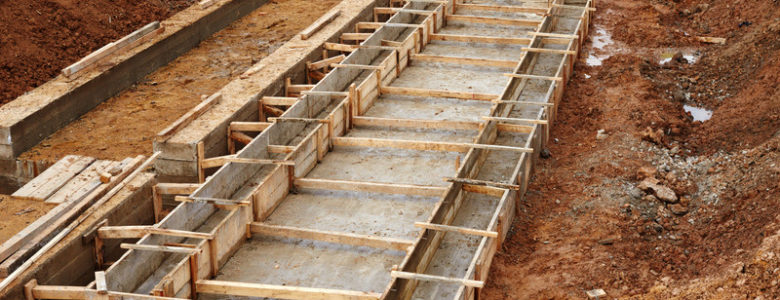Caisson foundations are vastly different from the standard slab of concrete. You might lie down to support a structure like a home. These specialized foundations are most often used for bridges, piers, dams, or other structures that need underwater support. Here we discuss the different types of caisson foundations and their benefits.
First of all, a caisson consists of a hollow, watertight chamber that is floated or hauled to the job site. It is then sunk into the ground, and constructed within. However, the caisson itself often remains part of the foundation.
There are a variety of caissons used to create foundations. However, most fit into just a few broad categories. What are the different types of caissons? What benefits do they offer? Here are a few things you should know before choosing.
Box Caisson
This type of caisson closes at the bottom and opens at the top. Hence, as the name suggests, it is generally box-shaped, as opposed to cylindrical. Constructed on land, it floats to the job site. It is then sunk into place by adding filler materials such as concrete, gravel, or sand.
Box caissons are most commonly used in situations where foundations sink into soft soils like clay, gravel, crushed rock, or silt, with rocky formations or bedrock beneath. The advantage being that the closed bottom of the box will settle by adding filling materials via the open top.
Open Caisson
Like box caissons, these are open at the top. The difference is that they are also open at the bottom. Therefore, open caissons are most often cylinders. Open caissons are generally placed in an excavated site, which is a pit that is several meters deep.
In some cases, a cofferdam is built in advance to excavate and place open caissons. Nonetheless, caissons are placed in water and then pumped out so that concrete or other filling materials is added. The main benefit of this type of caisson is that it is easily controlled. Although it may sink somewhat when filled, the fact that it is placed in an excavated pit,to begin with. This makes tilting or drifting less likely.
Pneumatic Caisson
Pneumatic caissons are open at the bottom and closed at the top. Once placed, compressed air forces water out, creating a dry work environment within the water, which workers enter through airlocks.
This type of caisson has several advantages, such as the ability to examine the soil bed and work in controlled conditions. However, the process of using this type of caisson is slow and expensive. This is why it is generally only used in situations like rapid soil flow, where other types of caisson foundations are impractical.

